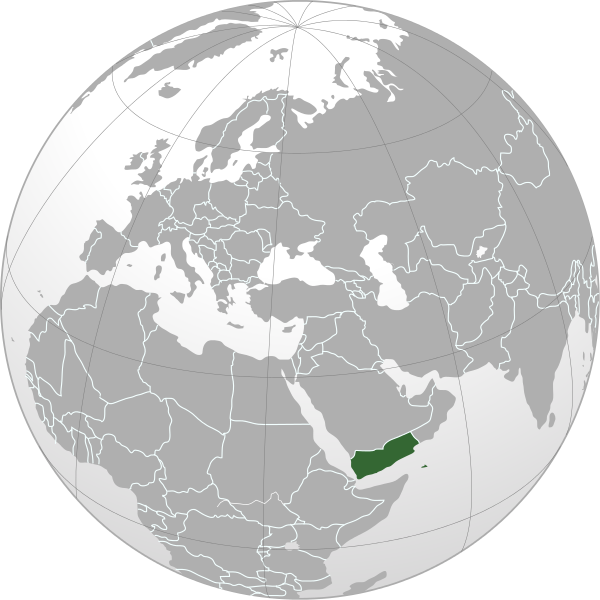The cholera outbreak in Yemen has claimed 51 lives and caused around 2752 suspected cases since Apr. 27, according to the World Health Organization (WHO).

WHO has rapidly distributed medicines and medical supplies, including cholera kits, oral rehydration solutions and intravenous (IV) fluids as well as medical furniture and equipment for diarrhea treatment centres. Ten new treatment centers are being established in affected areas.
WHO is also supporting health authorities to establish oral rehydration therapy corners to treat mild and moderate dehydration due to diarrhoea. Starting with 10 oral rehydration therapy corners in Sana’a, this approach will be replicated across all affected areas. More severe cases will be referred to the diarrhea treatment centres.
“We are very concerned with the re-emergence of cholera across several areas of Yemen in the past couple of weeks. Efforts must be scaled-up now to contain the outbreak and avoid a dramatic increase in cases of diarrhoeal disease,” said Dr Nevio Zagaria, WHO Representative in Yemen.
Cholera is an acute diarrhoeal infection caused by ingestion of food or water contaminated with the bacterium Vibrio cholera. Most of those infected will have no or mild symptoms but, in severe cases, the disease can kill within hours if left untreated.
The uptick in cholera cases comes as Yemen’s already weakened health system struggles under the weight of two years of conflict. Key infrastructure, including water and sanitation facilities, are collapsing, contributing to the spread of diarrhoeal disease. The weather is also playing a role: the pathogens that cause cholera are more likely to spread in warmer weather and recent heavy rains have washed piles of uncollected waste into water sources.
The cholera outbreak in Yemen was announced by Yemen’s Ministry of Public Health and Population (MoPHP) on 6 October 2016. WHO estimates that 7.6 million people live in areas at high risk of cholera transmission.
Related:
- Rabies: Virginia reports case in traveler to India
- Measles in Crow Wing County and the cost of the outbreak
- California: San Luis Obispo County reports ‘significant increase’ of Valley fever
- Ebola outbreak in DRC: Additional details
- Italy Health Ministry: ‘Recent data seem to show a downward trend in measles’
- Ebola confirmed in Democratic Republic of Congo
- Norovirus sickens scores at Tampa elementary school
- Japan, sushi and the rise of Anisakis

